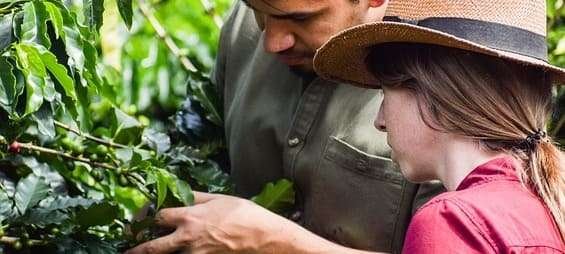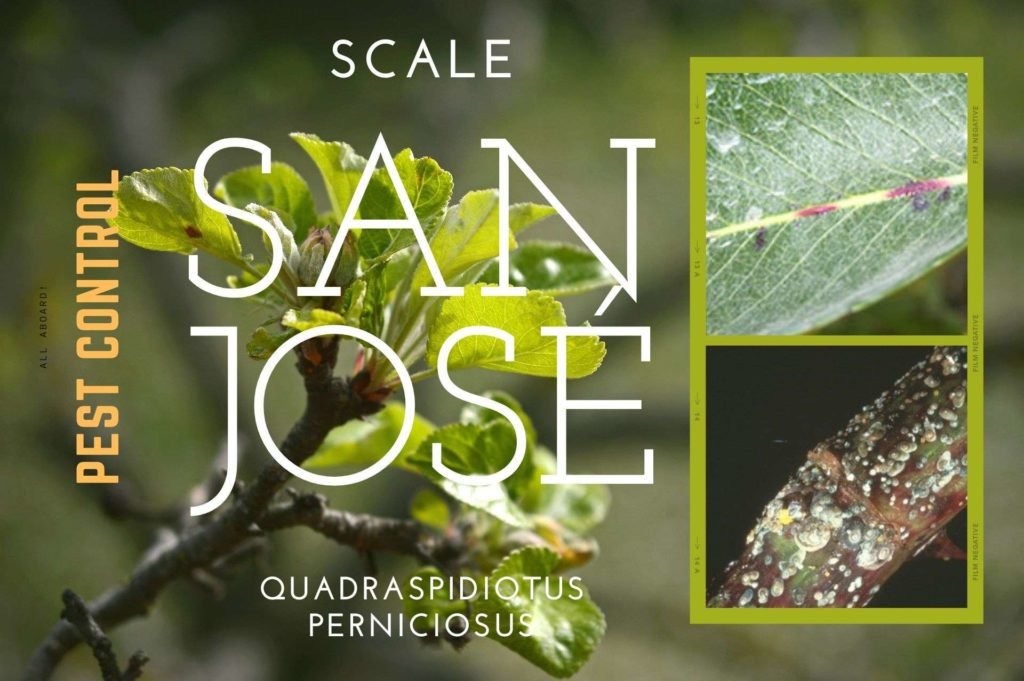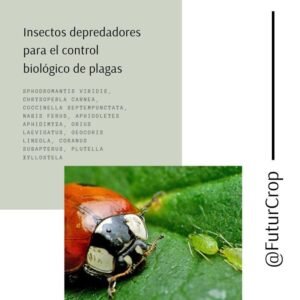Common name
Sant Joseph Sclae
Hosts
Apricot, Plum, Peach, Nectarine, Cherry, Apple, Pear, Paraguayan, etc. . The San Jose louse damages more than 150 different plant species. But its real economic importance is due to the fact that it attacks most seeds and stone fruit trees.


Time of treatment
The timing of treatment is critical for this pest.
In its nymphal stage it is characterized by having a protective shield or follicle that overlap to form thick layers, sometimes impermeable to phytosanitary treatments.

Chemical control should be done during the sprouting stages, at the emergence of first generation nymphs, or at the emergence of third generation nymphs.
FuturCrop is a software that calculates on a daily basis the conditions that modify the life cycle of pests. When a change occurs, it informs the user of the right time to perform the most efficient control treatment, thus reducing the number of treatments and their costs.

FuturCrop sends an email notice of the appropriate date for treatment of San Jose Scale nymphs 7 days in advance.
Life cycle stages of the Sant Joseph Scale as calculated by FuturCrop
If you are registered in FuturCrop you will receive an email 7 days in advance when the pest will be in one of the following stages.
Nymph emergence
Adequate time for nymph treatment
New generation
The software is updated daily according to weather conditions, and sends an email informing the date when the biological change of the pest finally occurs.

FuturCrop calculates short-term forecasts of the activity of 179 agricultural pests, based on accumulted temperature thresholds associated with critical stages of their life cycle.
FuturCrop forecasts indicate, for a given day, the stage of the pest’s life cycle and the day for the most efficient treatment.








